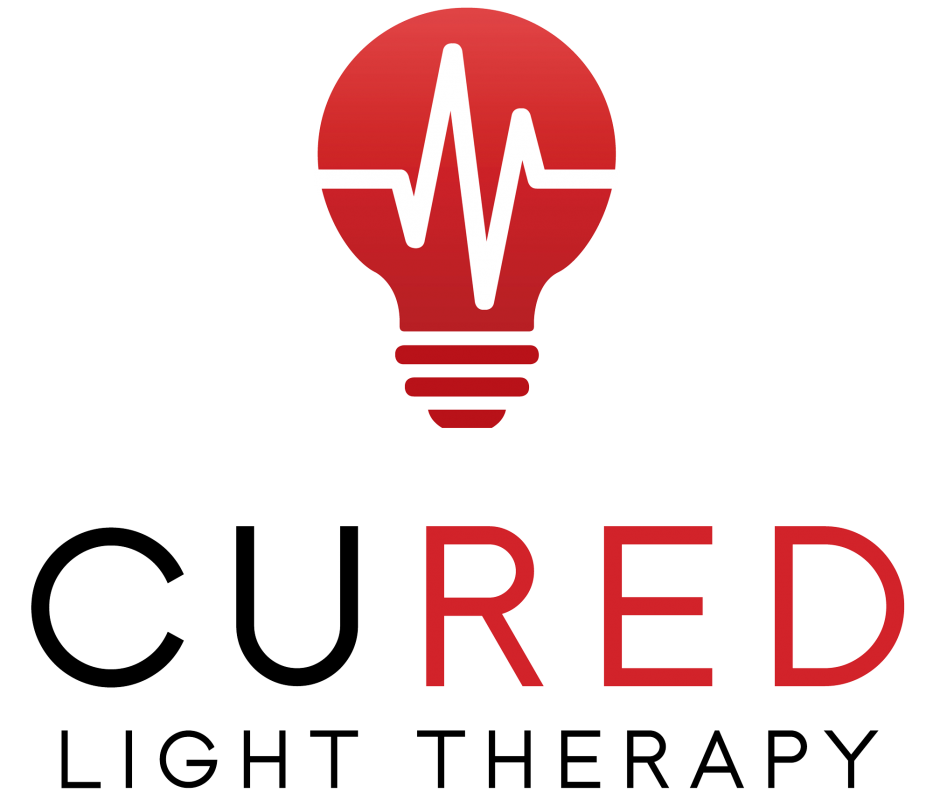This article provides an overview of what inflammation is, its causes, symptoms and treatments. We look at how red light therapy balances the body, optimizes cellular functions and supports your body’s response to inflammation and pain. Red light therapy positively affects inflammation through several cellular pathways and expression of enzymes, including COX-1 and COX-2, which are involved in inhibiting inflammatory causes.
What is inflammation?
Inflammation is not just the symptom on/in the body it is a complex and necessary process of the body that takes place in every living thing. Inflammation refers to the process the body sets in motion to fight against things it causes damage, such as infections, injuries, and toxins, in an attempt to heal itself. When something damages your cells, your body releases chemicals that trigger a response from your immune system.
This response involves the release of antibodies and proteins, as well as increased blood flow to the damaged area. The whole process usually takes several hours or days in the case of acute inflammation.
Chronic inflammation occurs when this response continues, keeping your body in a constant state of alertness. Over time, chronic inflammation can negatively impact your tissues and organs. Some research (1) suggests that chronic inflammation may also play a role in a range of conditions, from cancer to asthma.
What causes inflammation?
Several things can cause chronic inflammation, including untreated causes of acute inflammation, such as an infection or injury. But also an autoimmune disease, where your immune system mistakenly attacks healthy tissue. Prolonged exposure to irritants, such as industrial chemicals or polluted air can also cause this.
- Pathogens (germs) such as bacteria, viruses or fungi
- External injuries such as scratches or damage from foreign objects (for example, a splinter in your finger)
- Effects of chemicals or radiation
- Diseases or medical conditions that cause inflammation often have a name that ends in “-itis.”
For instance:- Cystitis: an inflammation of the bladder
- Bronchitis: an inflammation of the bronchi
- Otitis media: an inflammation of the middle ear
- Dermatitis: a disease in which the skin is inflamed
(2)
What are symptoms of inflammation?
There are five symptoms that can be signs of acute inflammation. But inflammation doesn’t always cause all five symptoms. Some inflammations occur ‘silently’ and cause few or no symptoms.
- Redness
- Heat
- Swelling
- Pain
- Loss of function
Inflammation Treatments with red light therapy.
Chronic inflammation is widely recognized as a major, if not the leading cause of all chronic diseases, from heart disease to Alzheimer’s and fibromyalgia, to depression and chronic fatigue syndrome, to muscle, joint pain and organ disorders. (3)
Studies show that Red Light Therapy is effective in reducing systemic inflammation and thus is a powerful tool to soothe and reduce symptoms of chronic inflammation. (4)
Red light therapy treatments stimulate the mitochondria in your cells which in turn make more ATP energy. With more energy, cells can function more efficiently, rejuvenate themselves and repair damage.
Red light therapy allows a person to supplement the sunlight they get from their environment with specific and concentrated wavelengths of red and near infrared light. Which, especially in the northern hemisphere of the earth, is necessary because of the lack of natural light throughout the year.
Research consistently shows that red light therapy (RLT) is effective at reducing inflammation everywhere mitochondria are present, and that is all over the body. (5)Just like exercise, a healthy diet and a good night’s sleep, a healthy dose of light can also have a major impact on inflammation.
Studies have shown that RTL can have anti-inflammatory effects. Several studies conclude, “In the medium term, there is a decrease in local edema and a decrease in inflammation within hours to days. The efficacy of low-level laser therapy (RLT) in reducing swelling and inflammation is well established in animal models and in clinical trials.” (6)
Sources:
(1) https://pubmed.ncbi.nlm.nih.gov/?term=inflammation
(2) What is inflammation?
https://www.ncbi.nlm.nih.gov/books/NBK279298/
(3) Chronic infection
https://www.ncbi.nlm.nih.gov/books/NBK493173/
(4) Mechanisms and applications of the anti-inflammatory effects of photobiomodulation
https://www.ncbi.nlm.nih.gov/pmc/articles/PMC5523874/
(5) Anti-inflammatory effects of low-level laser therapy (RLT) on human periodontal ligament cells: in vitro study
https://pubmed.ncbi.nlm.nih.gov/29116611/
(6) The use of low-level laser therapy (LLLT) for musculoskeletal pain
https://pubmed.ncbi.nlm.nih.gov/26858986/



